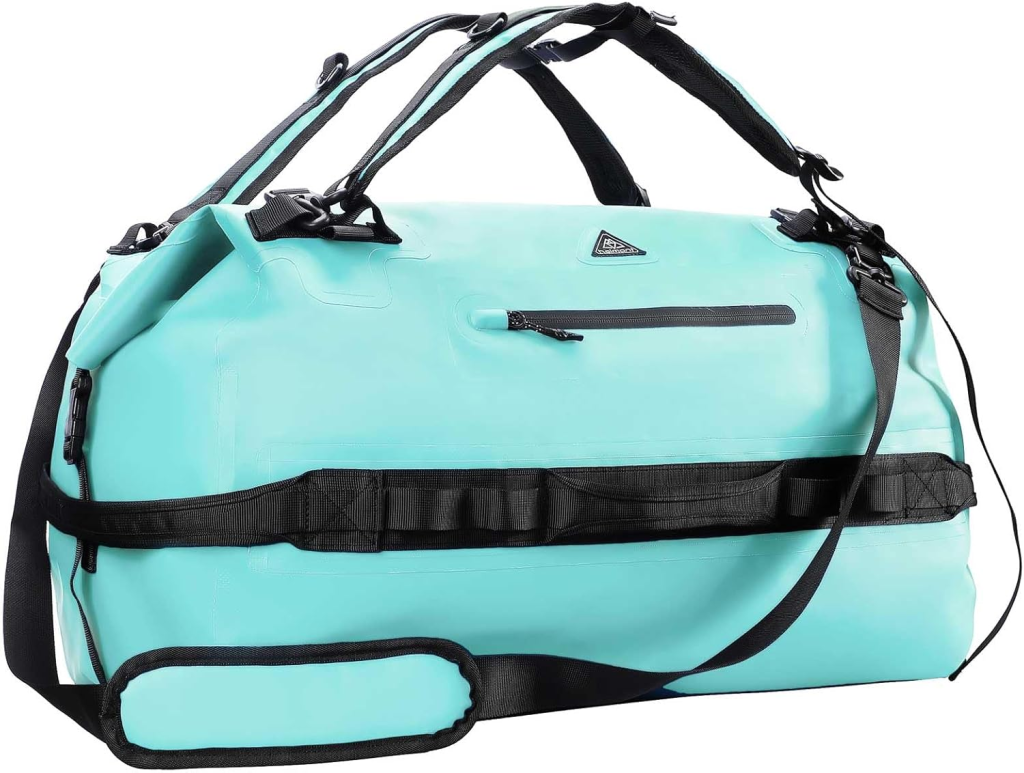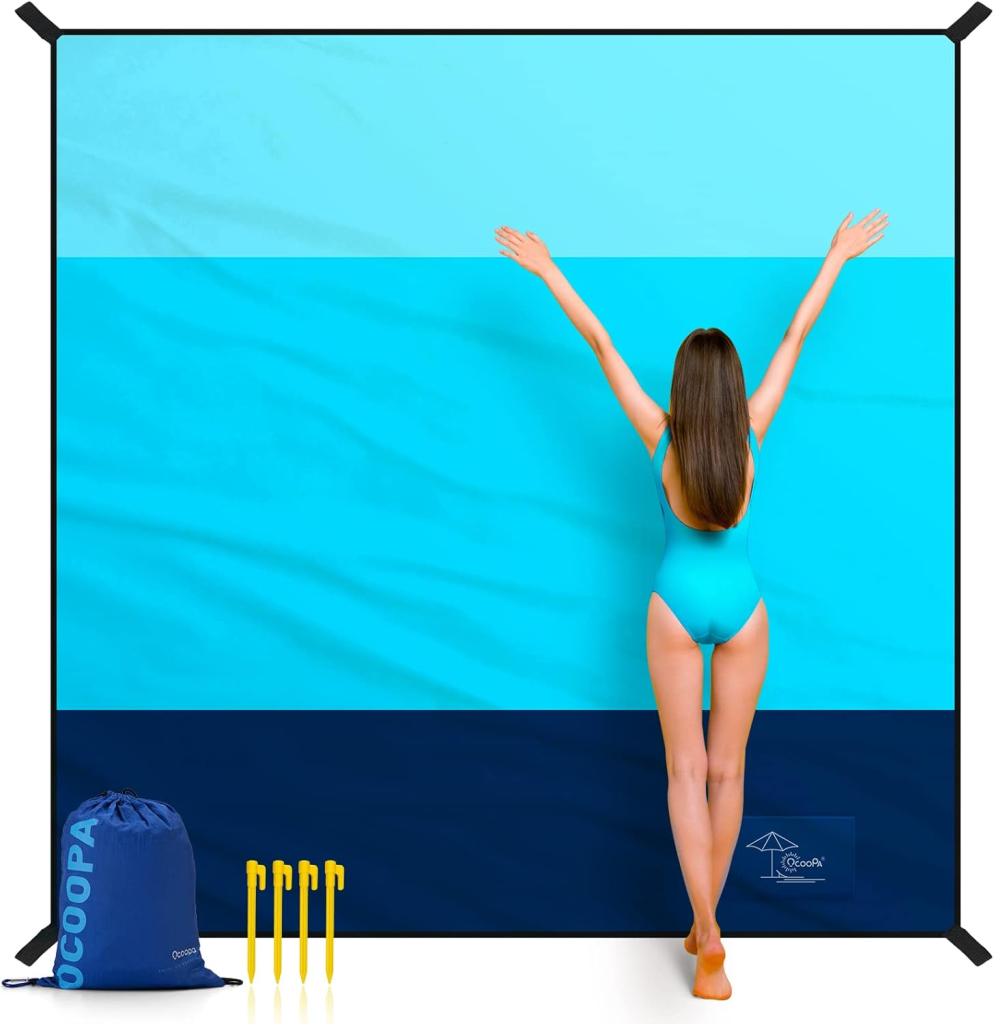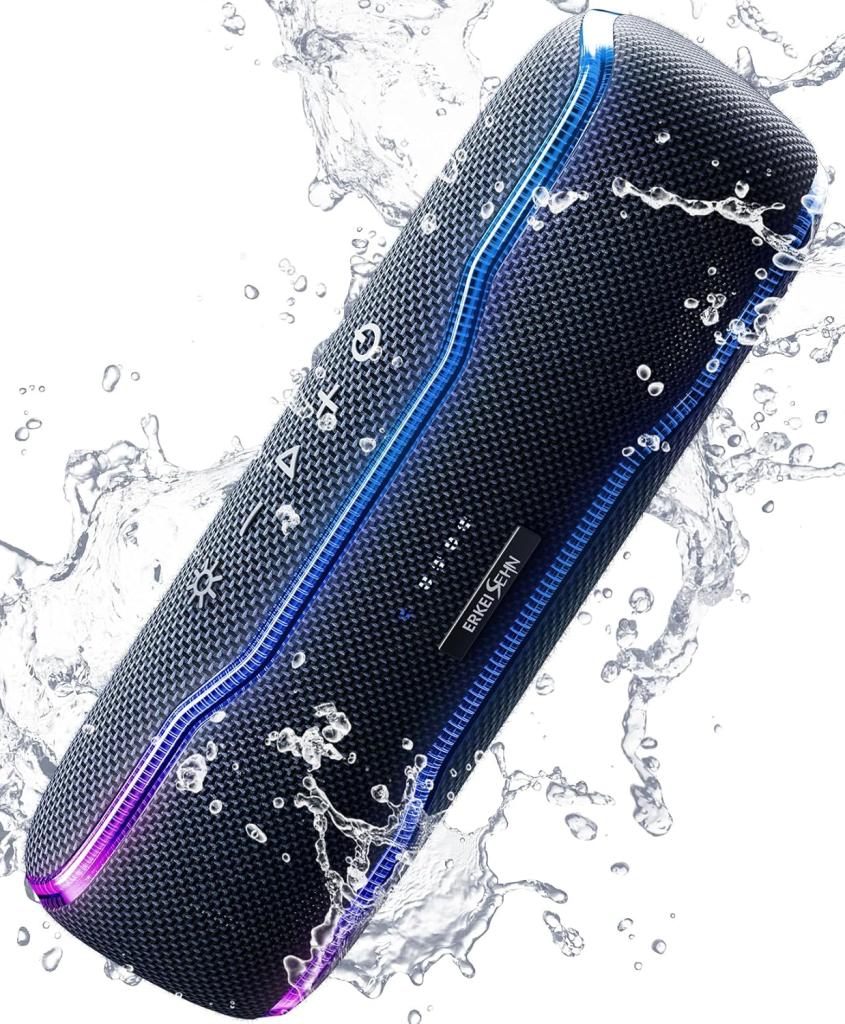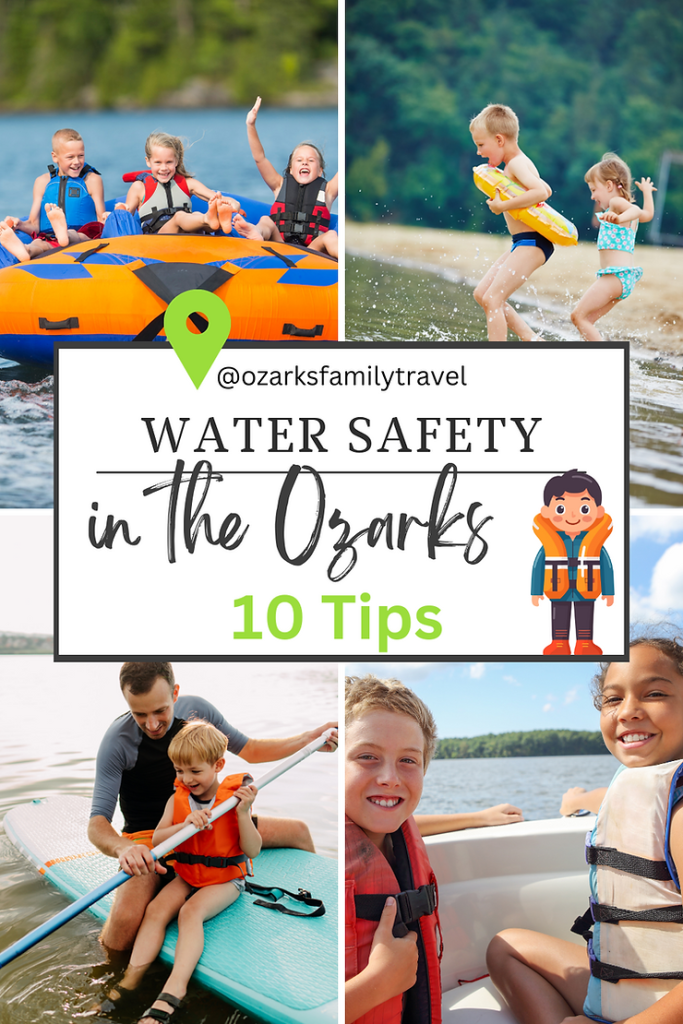Lakes, rivers, and streams offer a picturesque backdrop for water activities, attracting swimmers, boaters, and outdoor enthusiasts alike. While these natural bodies of water provide opportunities for fun and relaxation, it’s crucial to prioritize water safety.
By following these ten essential tips, you can ensure a safe and enjoyable experience on lakes, protecting yourself and your loved ones from potential hazards.

Heads up: This page contains Amazon affiliate links. That means if you click and buy—we may receive a small commission at no additional cost to you. Read more about it here.
1. Get Familiar with the Area
Before venturing onto a lake, familiarize yourself with its unique characteristics. Research the depth, temperature, and potential hazards such as underwater rocks or vegetation. Understanding the lake’s features will help you make informed decisions and stay safe throughout your time on the water.
✔ Study the area on Google Maps
✔ Learn to read a topography map for lakes
✔ Check for active threads on Reddit or another community forum site
✔ Get the basics from our firsthand reviews of Ozarks region lakes.
2. Check Weather Conditions
Always monitor weather forecasts before heading out to the lake. Sudden storms can arise, causing strong winds and rough waves. Avoid boating or swimming during inclement weather, and be prepared to seek shelter if conditions deteriorate unexpectedly.
✔ Download a Doppler radar app like this one↗
✔ Pack a weather radio as part of your essential gear
✔ Check the official websites for the lake or recreation area for alerts on current conditions BEFORE heading out
3. Wear a Properly Fitted Life Jacket
Always wear a Coast Guard-approved life jacket when engaging in water activities on lakes. Ensure that the life jacket is the appropriate size and securely fastened. Life jackets are essential for everyone, regardless of swimming ability, and can greatly increase your chances of survival in case of an accident.
For kids, a properly fitting life jacket will allow you to pick them up from the shoulders of the life jacket without it slipping off. Practice and teach young children how to float face-up in their life jackets and how to turn themselves around if they are face-down before heading out on the water.
4. Swim in Designated Areas
Whenever possible, swim in designated areas supervised by lifeguards. These areas are typically free from hidden dangers and provide a safer swimming environment. If there are no designated areas, carefully choose a spot away from boat traffic and known hazards.
⚠️ Check the recreation area’s official website for swimming-related closures due to high bacteria or fungal counts before you jump in.
5. Don’t Go Out Alone
Always swim with a buddy, even if you consider yourself a strong swimmer. Having someone by your side increases safety and provides backup in case of an emergency. Remember to keep an eye on each other and communicate any discomfort or danger.
6. Stay Cool, Hydrated, & Protected
Spending time under the sun can lead to overheating, dehydration, and sunburn. Carry plenty of water and drink regularly to stay hydrated. Apply waterproof sunscreen before heading out and reapply as necessary. Wearing protective clothing, a wide-brimmed hat, and sunglasses will also shield you from excessive UV exposure.
✔ Reapply sunscreen every two hours (or as directed)
✔ Bring one gallon of fresh water per person for hygiene and hydration
✔ Pack a simple first aid kit to treat scrapes, cuts, and burns
7. Avoid Alcohol
Alcohol and drugs impair judgment, coordination, and reaction times, making accidents on the water more likely. It’s crucial to stay sober while participating in water activities on lakes. Save the celebratory drinks for after you’ve safely returned to land!
8. Be Cautious of Boat traffic
Be aware of boat traffic and maintain a safe distance from moving vessels. Stay vigilant, especially when swimming or using non-motorized watercraft like kayaks or paddleboards. Make yourself visible with bright-colored swimwear or accessories to ensure that boaters can see you.
✔ Familiarize yourself with the ‘rules of the road‘ for boat traffic
✔ Use a designated driver
✔ Stay under 30 MPH after dark
✔ Know proper hand signals for boating

9. Learn Basic Water Safety Rescue Skills
Acquiring basic water rescue skills can make a significant difference in an emergency situation. Enroll in a certified CPR and first aid course to learn techniques for assisting others in distress. Knowing how to respond effectively can potentially save lives and provide reassurance during critical moments.
✔ Look for American Red Cross Water Safety Classes in your community or at your local YMCA
✔ Ask your local swimming pool or aquatic center for information on water rescue training
10. Follow Local Regulations
Each lake may have specific rules and regulations that promote safety and protect the environment. Familiarize yourself with these regulations before engaging in any water activities. Respect wildlife, fishing restrictions, and speed limits to ensure a harmonious experience for everyone enjoying the lake.
Next Steps…
Start planning your family outing on the water with some of the clearest, cleanest lakes in the Ozarks. Our personal favorites include:
📌 Lake of the Ozarks (South Central Missouri)
📌 Table Rock Lake (Branson Area)
📌 Beaver Lake (Northwest Arkansas)
📌 Lake Tenkiller (Eastern Oklahoma)
Learn more about renting a boat to make the most out of your time at the lake this summer.
Or, shop our favorite lake life essentials to make sure you’re stocked and ready for your Ozarks experience.




